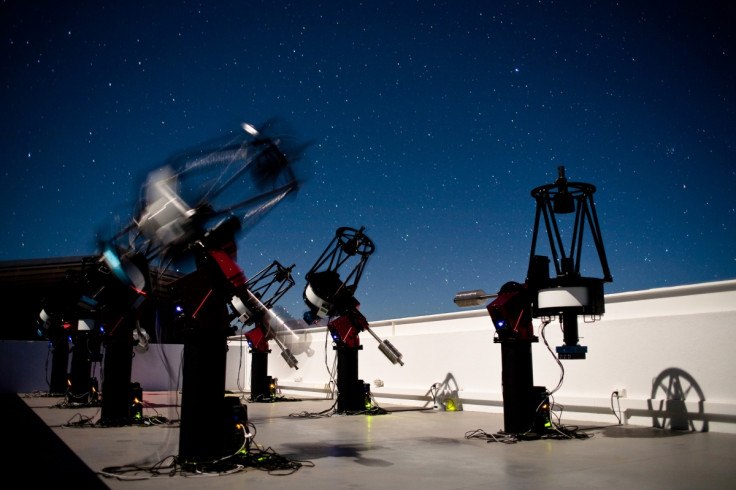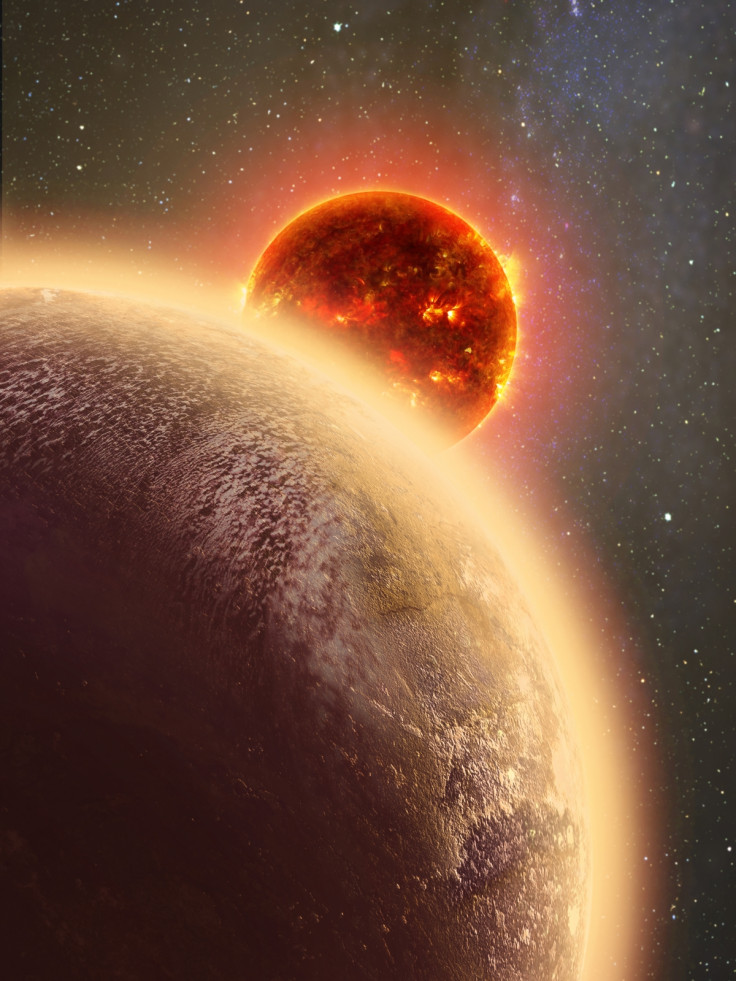GJ 1132b: Burnt cookie Earth-like exoplanet with 'substantial atmosphere' just 39 light years from us

An Earth-like planet has been discovered just 39 light years away and while it is too hot to host life, scientists say it could have a "substantial atmosphere" – a good sign when it comes to searching for planets with alien life. At this distance, GJ 1132b is the closest Earth-sized exoplanet to be discovered and its proximity means scientists will be able to find out much more about its characteristics, such as the colour of its sunsets and the composition of its atmosphere.
Astrophysicists led by MIT found the planet using telescopes at the MEarth-South Observatory in Chile, which has been gathering data on M dwarf almost every night since the start of 2014. These stars burn hydrogen and are smaller than 60% of the size of the sun. They are known to be orbited by planets but until now, scientists had not found an Earth-sized one close enough to study in depth.
However, the team picked up a dip from GJ 1132b and started observing it at 45-second intervals to confirm the measurement. The planet blocked around 0.3% of the star's light, allowing them to work out its size, distance and orbital period.
Based on their findings, they said it is about 1.2 the size of Earth with a mass of around 1.6 times that of our planet. In terms of its density, they say it is probably rocky. But it is also fairly hot.
Zachory Berta-Thompson, one of the study authors, said: "The temperature of the planet is about as hot as your oven will go, so it's like burnt-cookie hot. It's too hot to be habitable – there's no way there's liquid water on the surface. But it is a lot cooler than the other rocky planets that we know of."
Most rocky exoplanets are fireballs with surface temperatures reaching thousands of degrees. Because GJ 1132b is cooler than others found, the team believes there is a good chance it still has an atmosphere. Publishing their study in the journal Nature, they said: "Receiving 19 times more stellar radiation than the Earth, the planet is too hot to be habitable but is cool enough to support a substantial atmosphere, one that has probably been considerably depleted of hydrogen."

Further to this, the team say scientists will be able to find out a lot more about this possible atmosphere with existing and upcoming telescopes like the James Webb Space Telescope (JWST). "We think it's the first opportunity we have to point our telescopes at a rocky exoplanet and get that kind of detail, to be able to measure the colour of its sunset, or the speed of its winds, and really learn how rocky planets work out there in the universe," Berta-Thompson said. "Those will be exciting observations to make.
"If we find this pretty hot planet has managed to hang on to its atmosphere over the billions of years it's been around, that bodes well for the long-term goal of studying cooler planets that could have life. We finally have a target to point our telescopes at, and [can] dig much deeper into the workings of a rocky exoplanet, and what makes it tick."
© Copyright IBTimes 2025. All rights reserved.






















